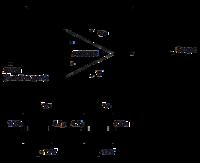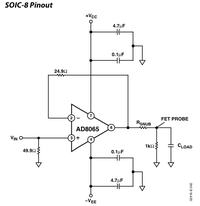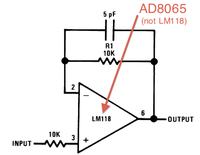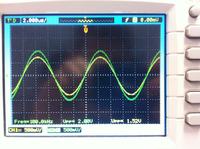janfred
Junior Member level 1
Hi guys...
I tried to build up an impedance converter with the AD8065 on a breadboard.
After seeing that there are a lot of problems due to distortion and noise I made some screens with the scope..
Here is the last circuit I built and the screens from the scope/ the waveform generator.


Would be nice if someone can help me.
regards
janfred
I tried to build up an impedance converter with the AD8065 on a breadboard.
After seeing that there are a lot of problems due to distortion and noise I made some screens with the scope..
Here is the last circuit I built and the screens from the scope/ the waveform generator.


Would be nice if someone can help me.
regards
janfred



